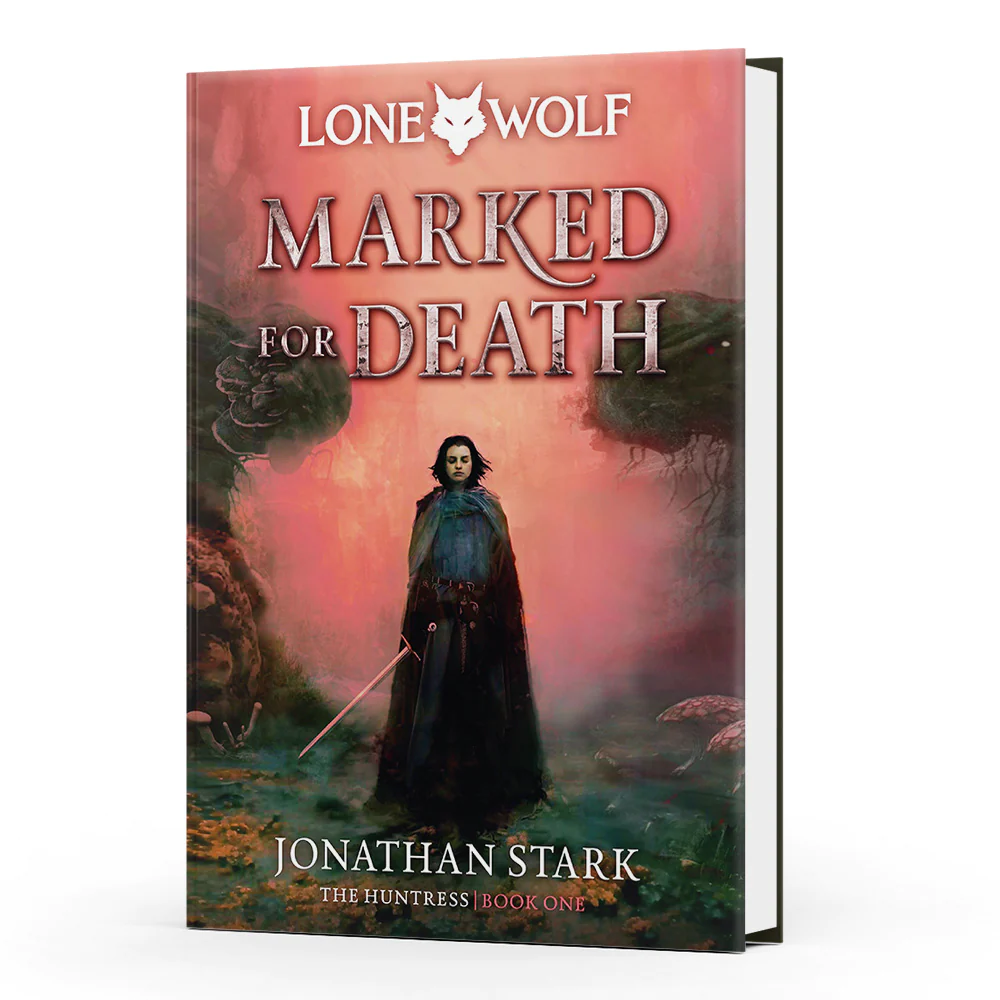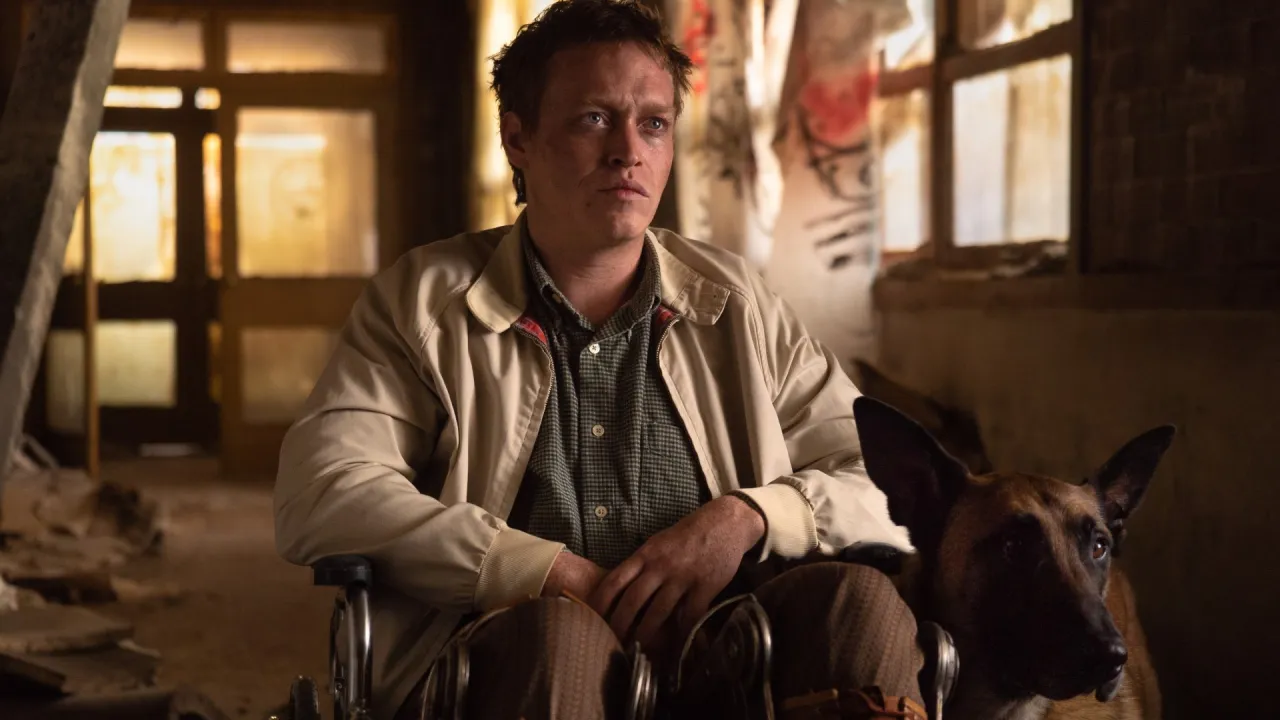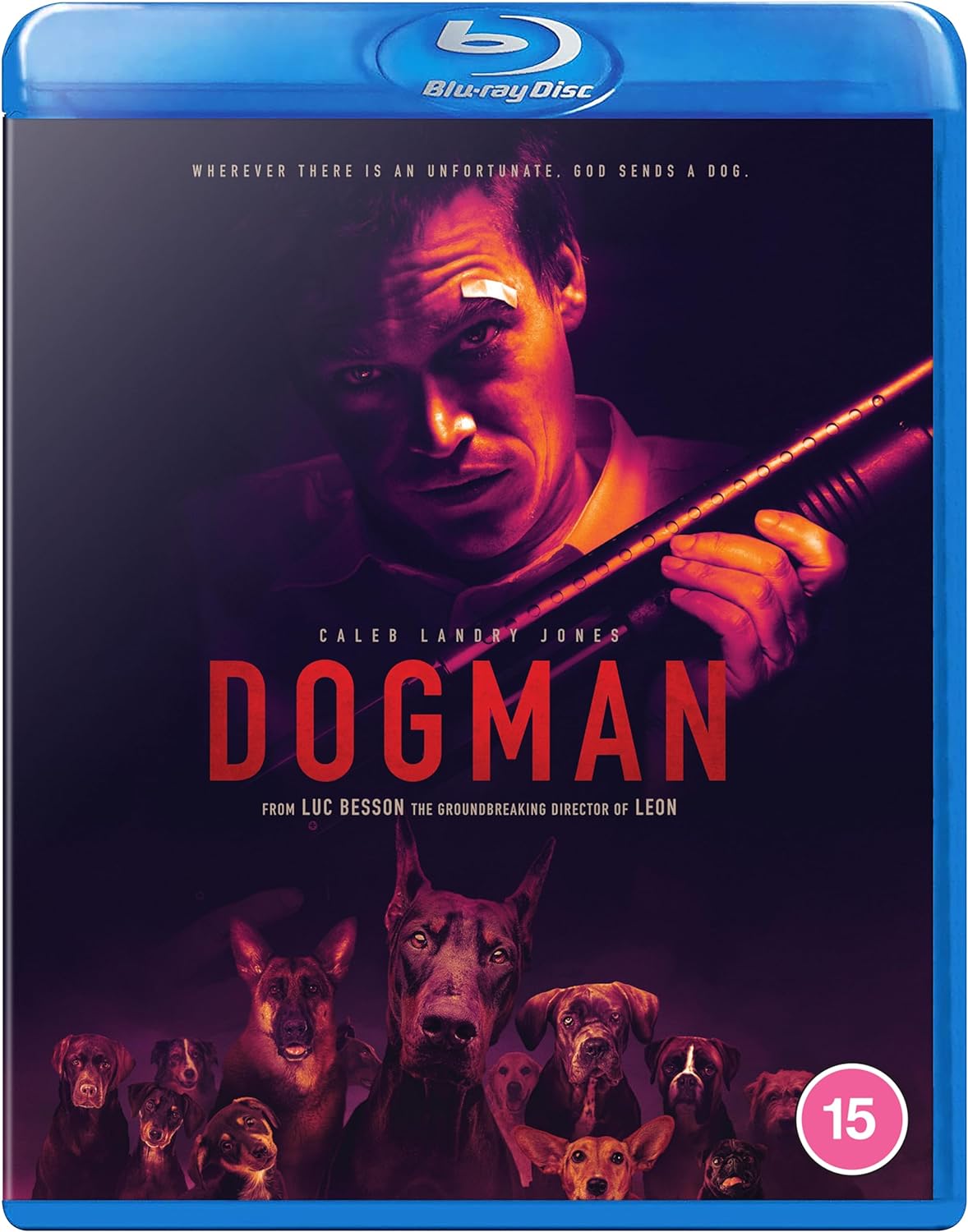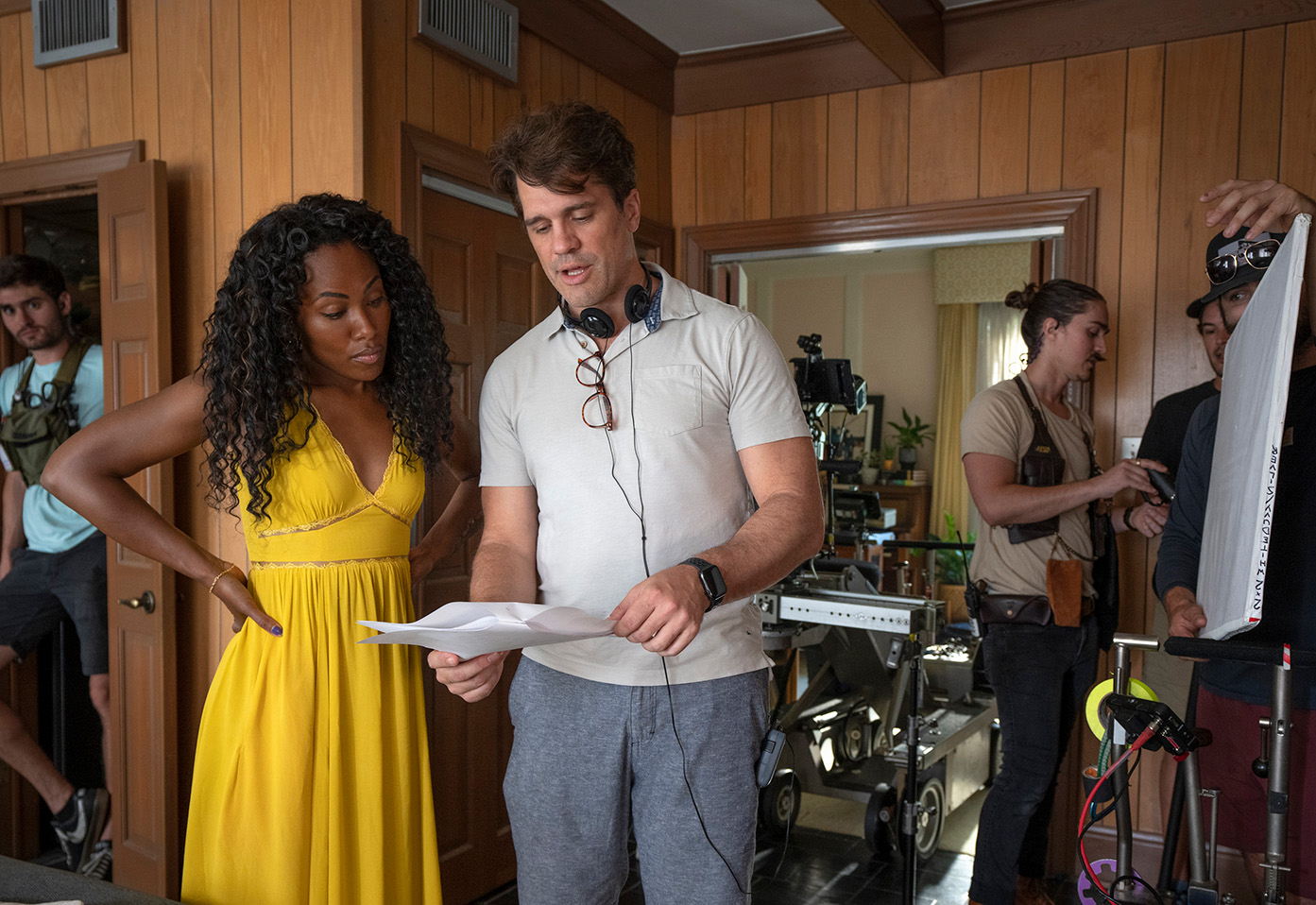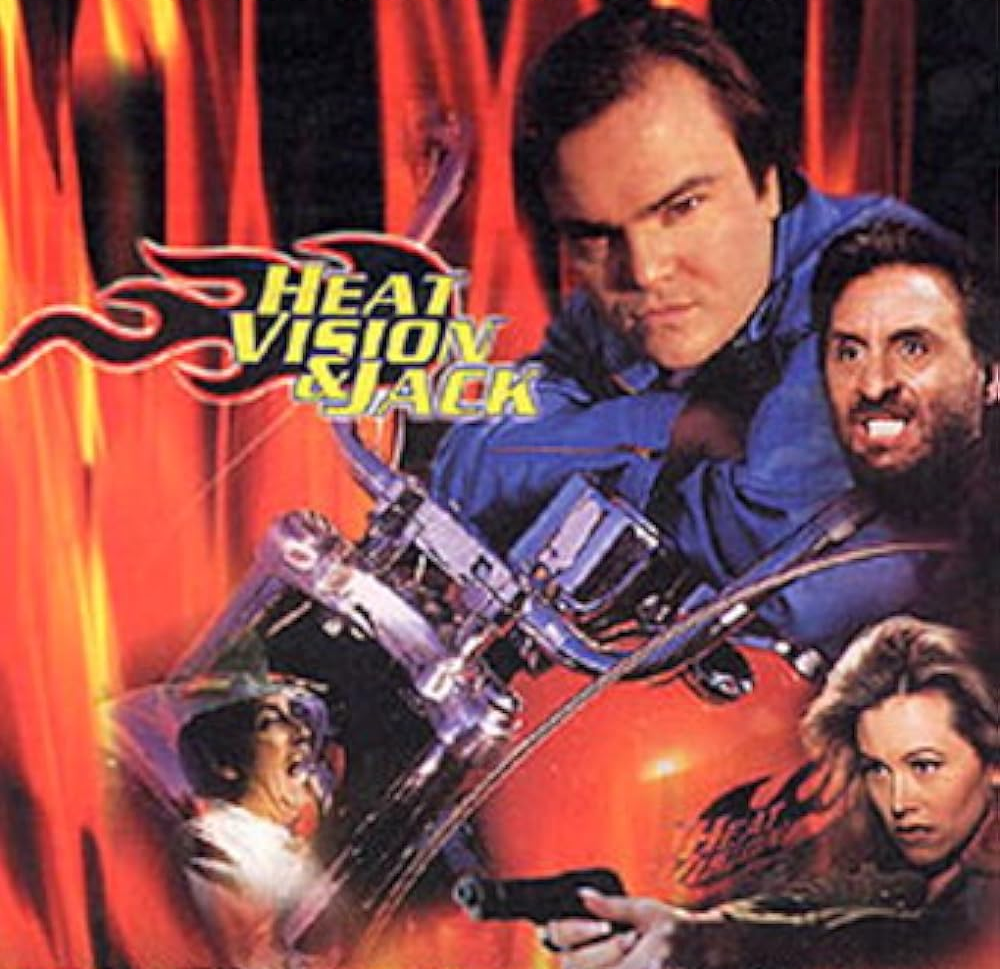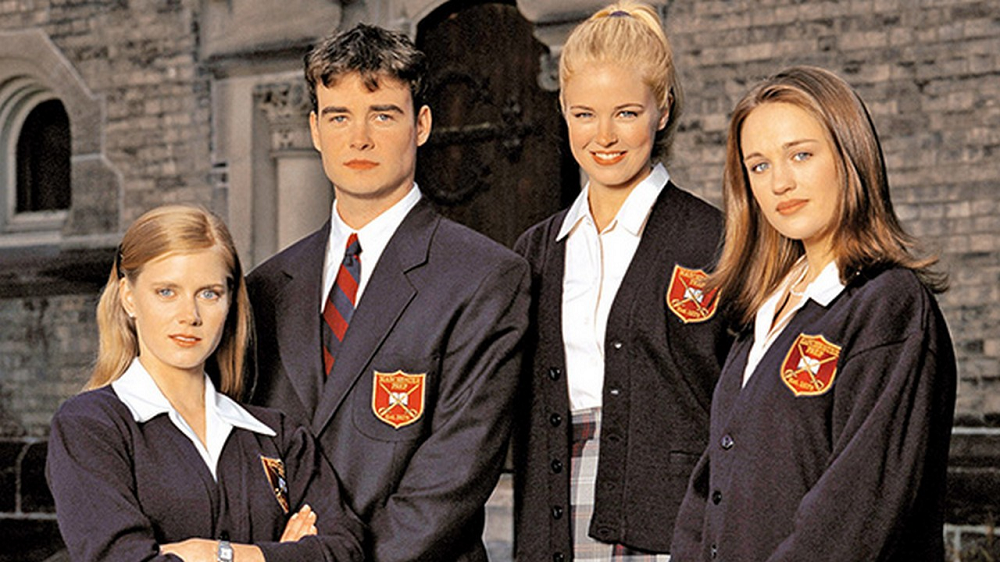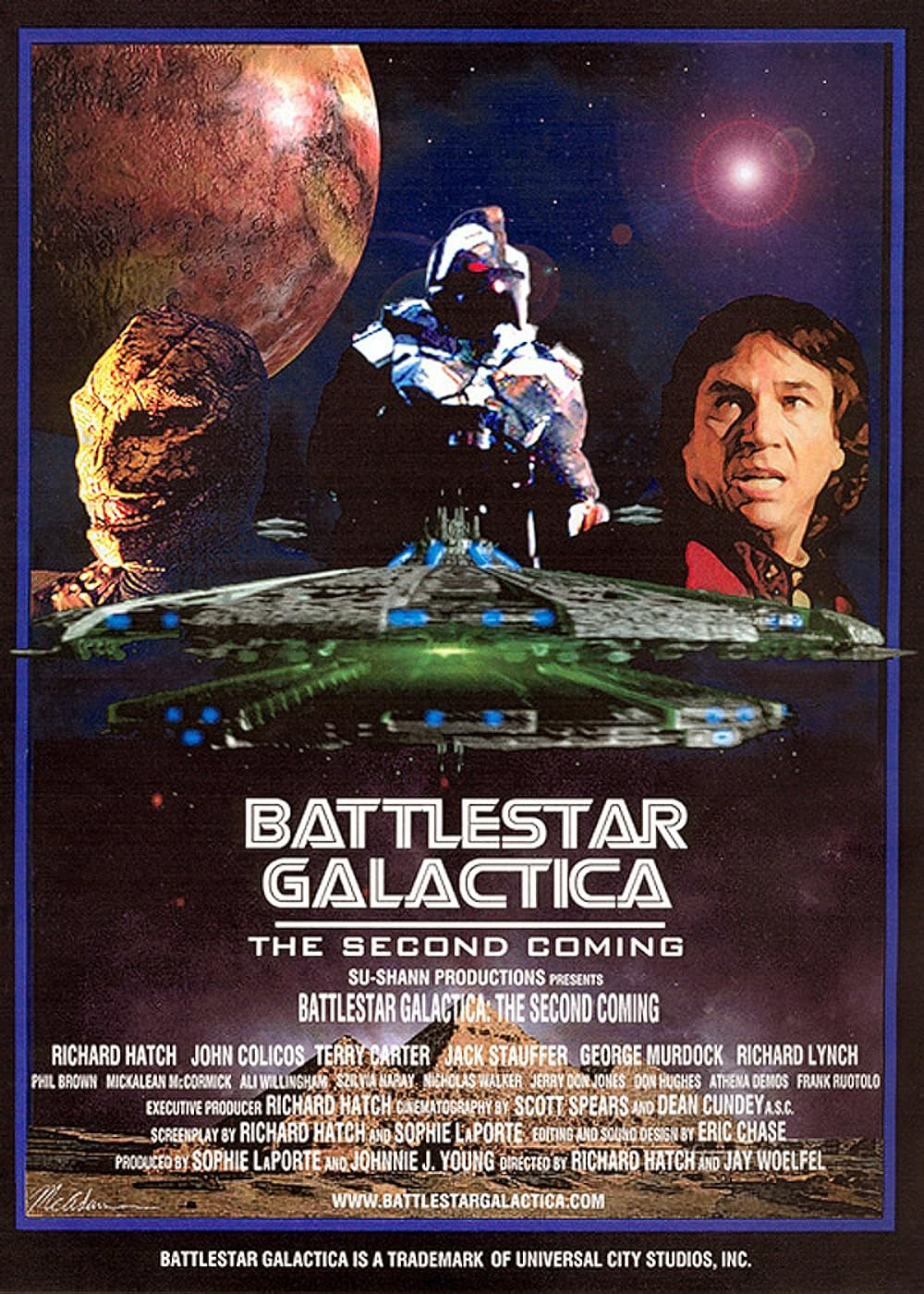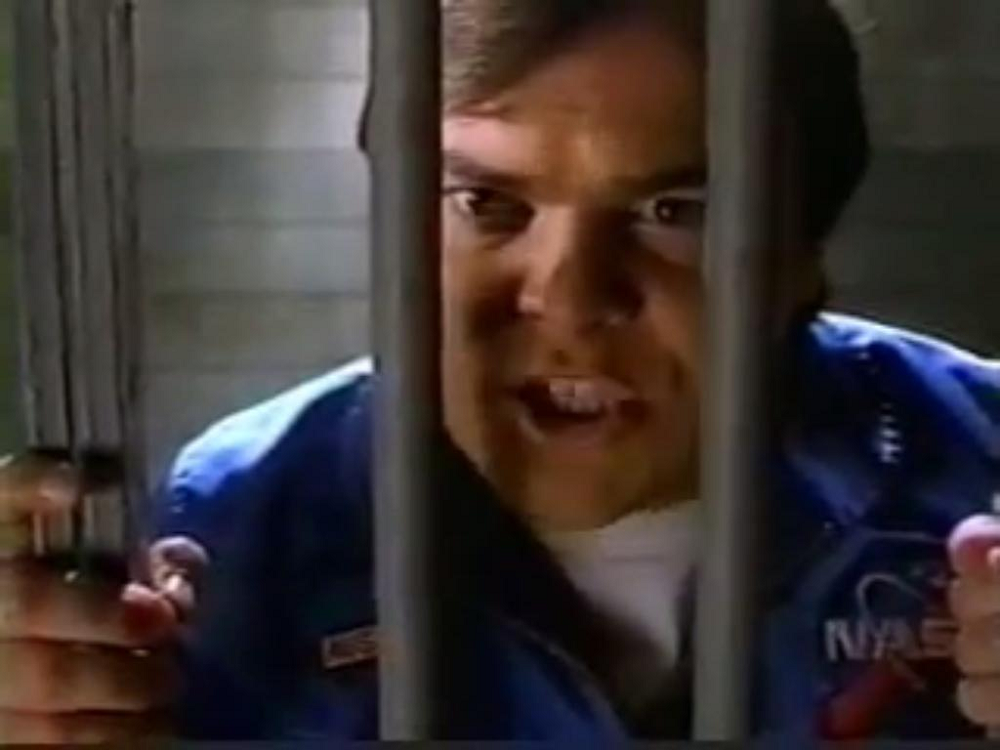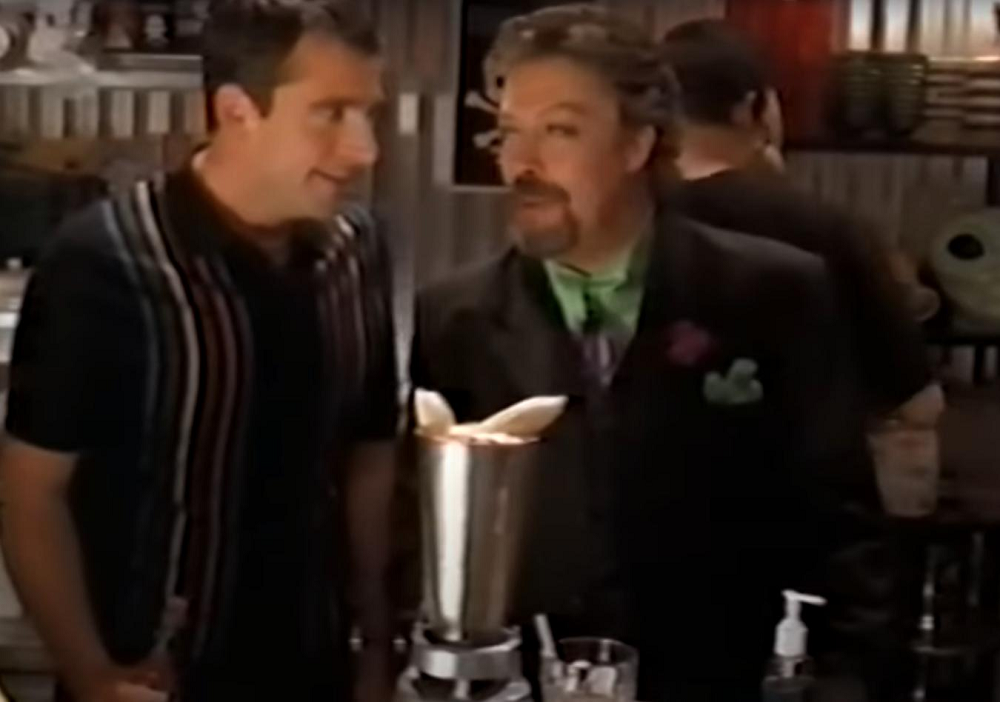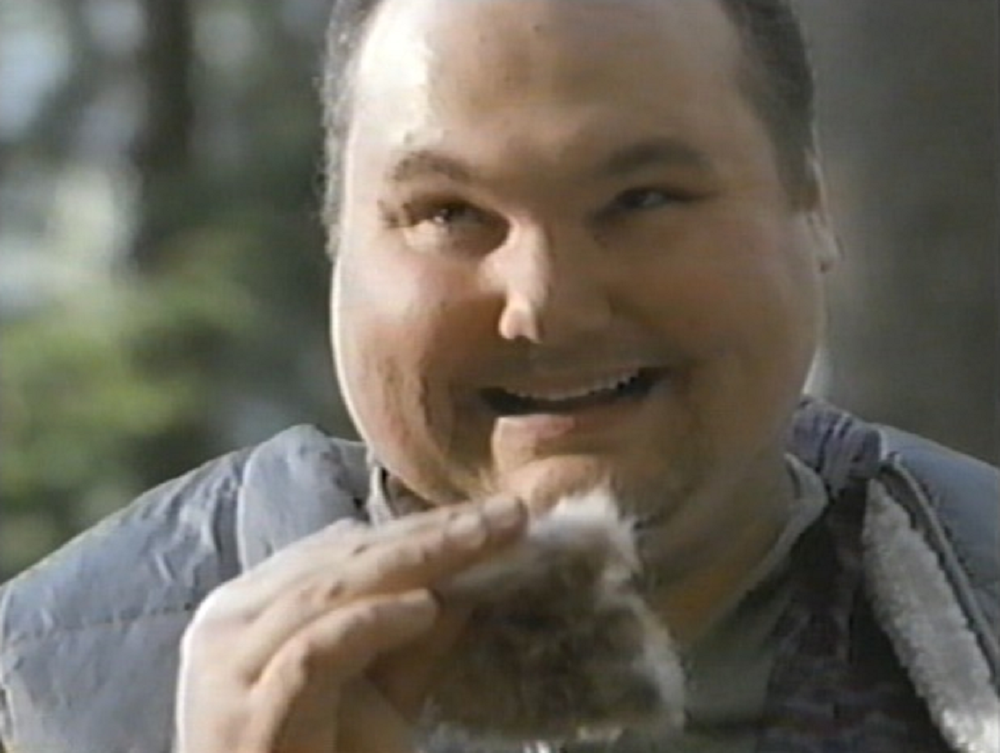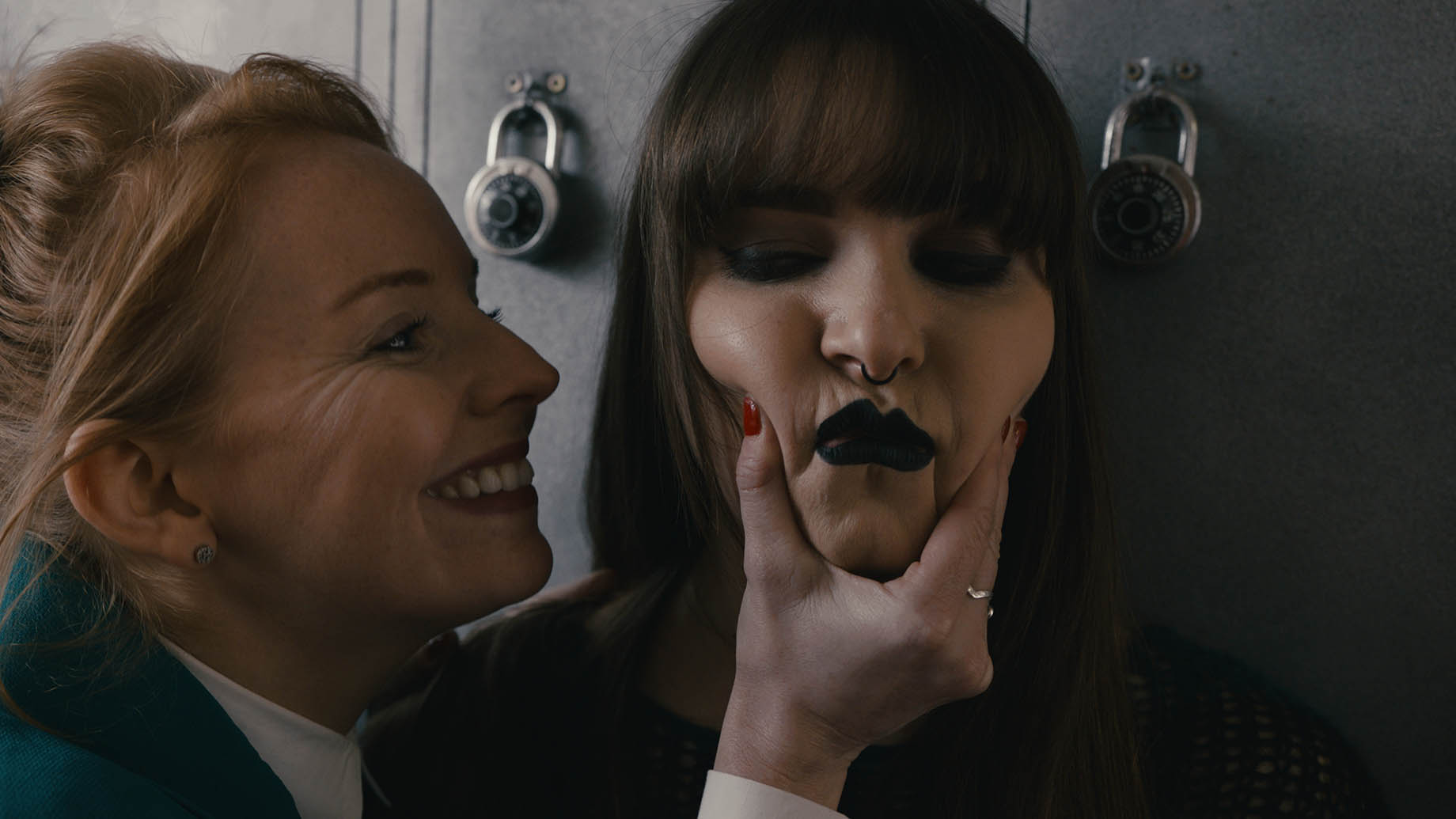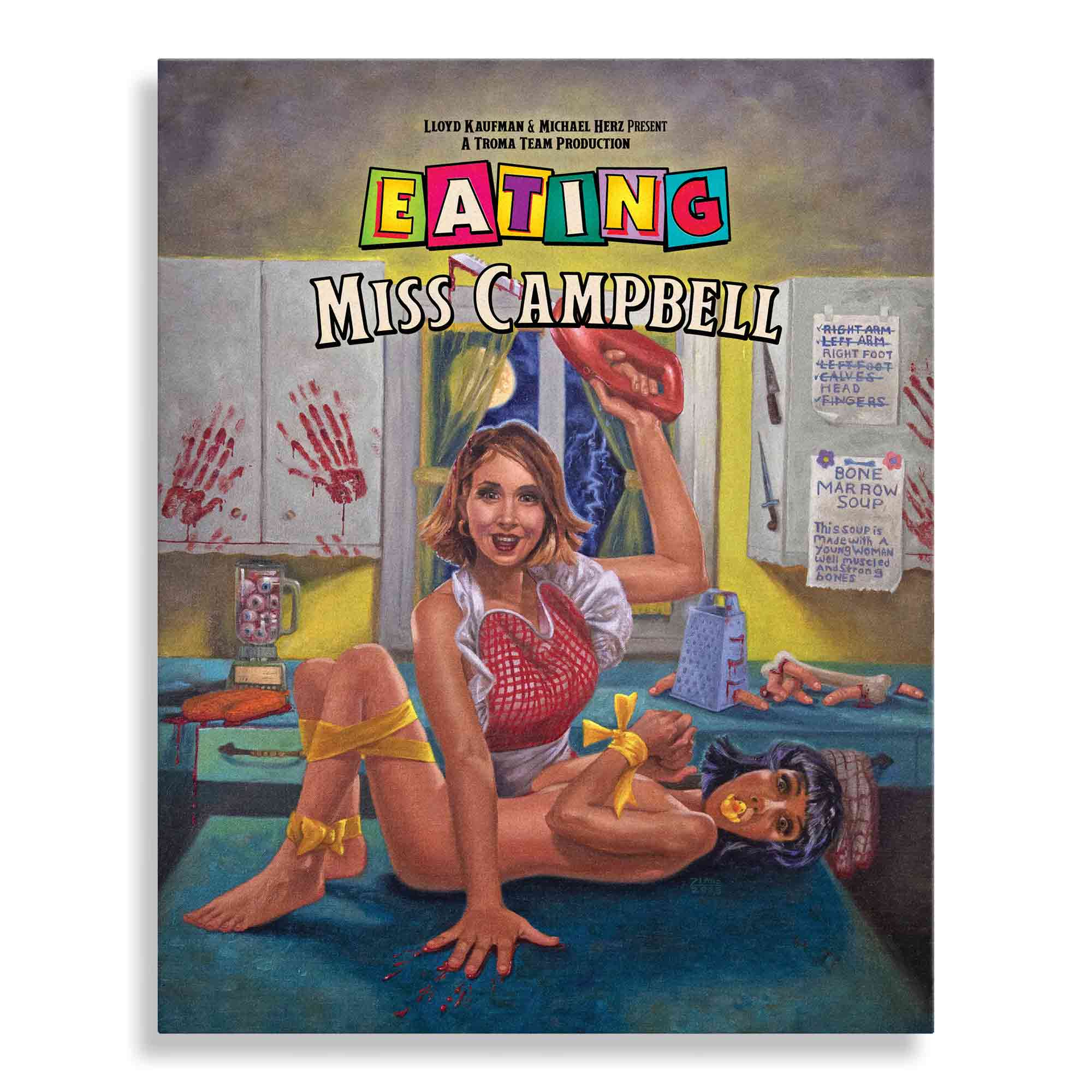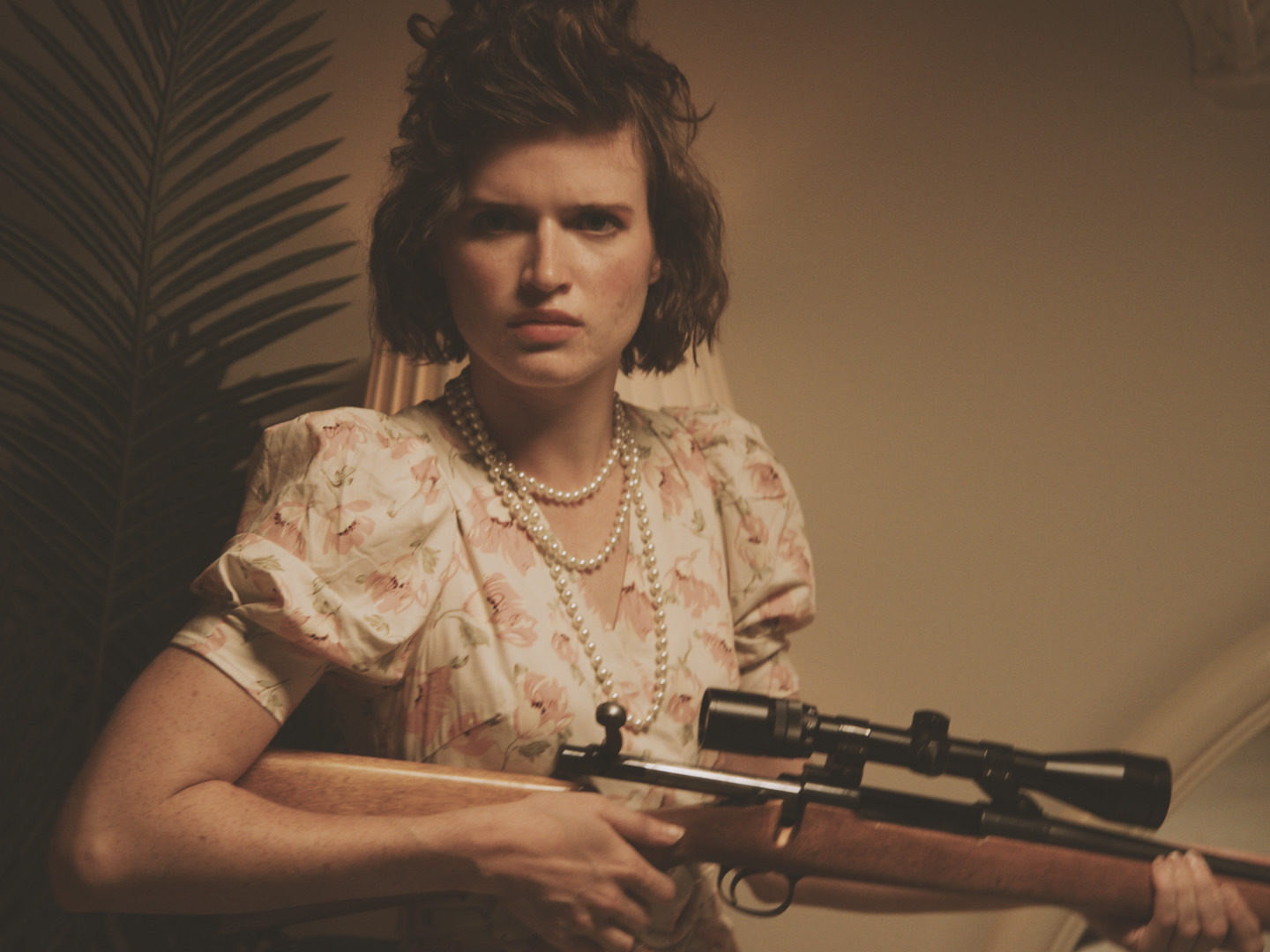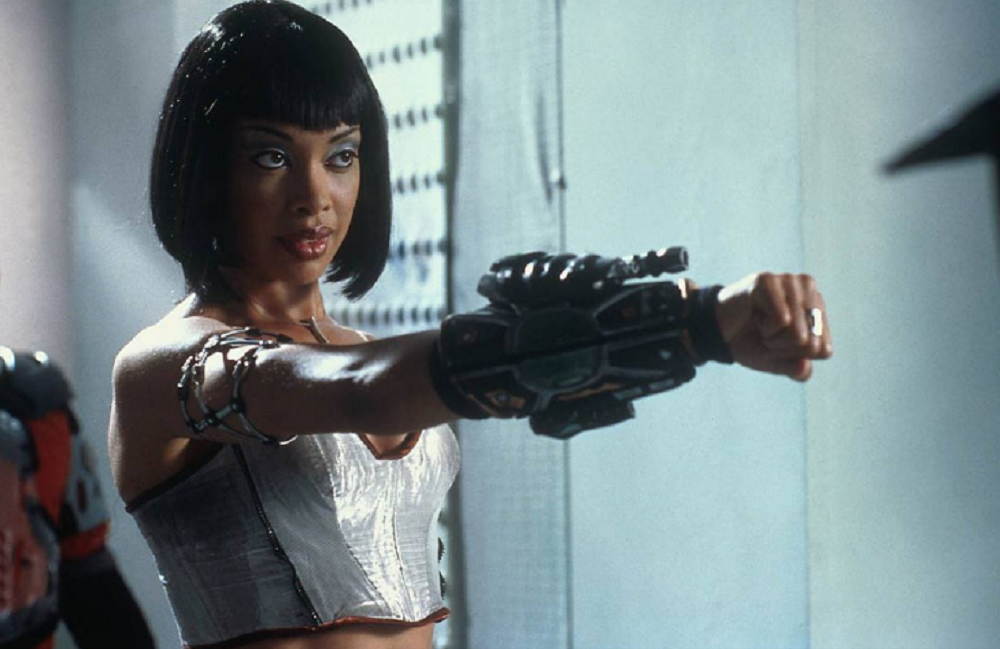Ah, telephemera… those shows whose stay with us was tantalisingly brief, snatched away before their time, and sometimes with good cause. They hit the schedules alongside established shows, hoping for a long run, but it’s not always to be, and for every Street Hawk there’s two Manimals. But here at STARBURST we celebrate their existence and mourn their departure, drilling down into the new season’s entertainment with equal opportunities square eyes… these are The Telephemera Years!
1999-2000
As US TV moved into the twenty-first century, the schedule was full of comings and goings. Sure, old reliables like ER, Friends, Frasier, and Touched by an Angel could be relied upon to bring in millions of viewers for NBC and CBS, but everyone was talking about the new kids on the block. ABC took the top three slots in the ratings with the thrice-weekly Who Wants to Be a Millionaire?, while CBS jumped into the reality market with two feet, debuting both Big Brother and Survivor to an America hungry for average Joes. Also arriving on the network schedules was Judging Amy, Malcolm in the Middle, Law & Order: SVU, and The West Wing, while HBO debuted The Sopranos.
For genre fans, Buffy spin-off Angel premiered on The WB, as did UFO drama Roswell, and Relic Hunter, The Lost World, and Beastmaster are began syndicated runs. This made up for the loss of Sliders and Poltergeist: The Legacy, both of which were entering their final seasons, along with Boy Meets World, Chicago Hope, Beverly Hills 90210, Party of Five, and Veronica’s Closet. Many of these new shows became institutions in their own rights, but what about the 1999 debuts that failed to stick their landing? This is the story of five more shows taken before their time…
Cleopatra 2525 (syndication): There are two ways you can go when you’ve enjoyed a monster hit as the co-creators of Xena: Warrior Princess; strike out and do something different or stick with what you know. In a way, RJ Stewart and Robert G Tapert did both in creating Cleopatra 2525, bringing the same XX flavour but adding a dose of sci-fi to the heroic fantasy they’d peddled before.
Jennifer Sky made one-off appearances in shows such as Buffy the Vampire Slayer and Seaquest DSV before being cast as Amarice, a woman pretending to be an Amazon who found that she embodied their better qualities on Xena. That pretty much secured her the role of Cleo, an exotic dancer who is put into suspended animation when a breast enlargement operation goes awry, only to wake in the year 2525 and find herself thrown into a battle between men and machines.
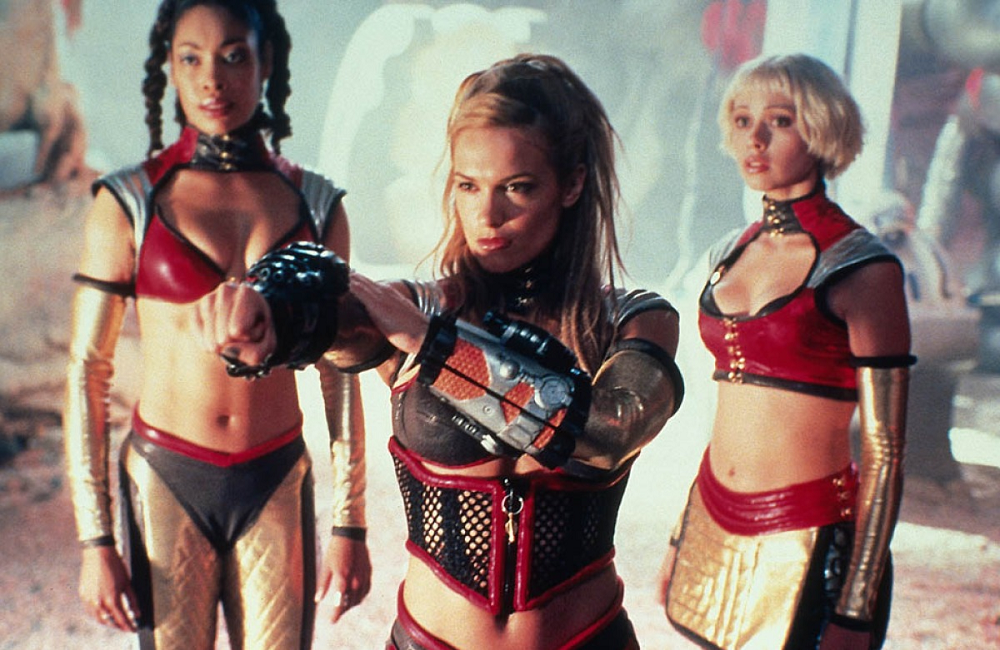
Teamed with Hel (One Life to Live‘s Gina Torres) and Sarge (Victoria Pratt), Cleo becomes one of humanity’s best hopes against The Baileys, armed flying robots that now control Earth. Both Torres and Pratt had guest starred in Xena (with Torres, ironically, playing Cleopatra), with much of the rest of the cast also doing time on the Hercules and Zena shows in New Zealand, where Cleopatra 2525 was also filmed.
Sold to the syndication market, the show enjoyed two seasons of fourteen episodes each, but was cancelled without a proper resolution. It retains a hardcore fanbase to this day, thrilled by the girl-powered action and Cleo’s philosophical musings, all of which were borrowed from twentieth century popular culture but wowed her future pals. Torres and Pratt would go on to appear in Firefly and Mutant X, respectively, earning themselves permanent places on the convention circuit, but this was as food as it got for Sky.
Freaks and Geeks (NBC): Paul Feig was a young stand-up comedian trying to make his way in Hollywood when he landed a role in Heavyweights, a dumb comedy about a group of fat kids terrorising Ben Stiller when he tries to get them to lose weight at Summer Camp. Heavyweights was co-written by Judd Apatow, who’d trodden the same boards as Feig a few years earlier, ending up co-creating The Ben Stiller Show, working on The Larry Sanders Show, and writing for The Critic.
Feig and Apatow became good friends and Apatow helped Feig bring a script to NBC, based on Feig’s upbringing in suburban Detroit in the 1970s (which he would later mine for the books Kick Me and Superstud). Feig’s script showed the mundanity of teenage life, those little things that seem like very big things when your hormones are racing, and was built around Linda Cardellini and John Francis Daley as Lindsay and Sam Weir, an older sister and her younger brother who attend McKinley High School in 1980. Lindsay is a mathlete who falls in with the “wrong” crowd, becoming friends (and more) with burnout Daniel Desario (James Franco) and his crew, played by future Apatow regulars Seth Rogen and Jason Segal.
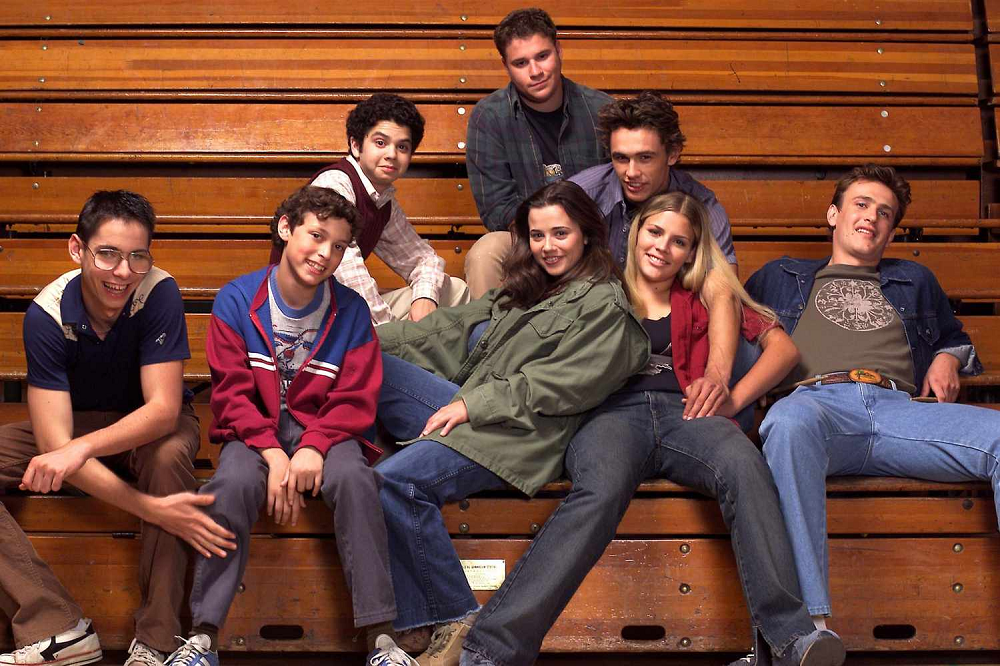
Sam, meanwhile, is enduring life as a high school freshman, his only friends being fellow nerds Neil Schweiber (Samm Levine) and Bill Haverchuck (Martin Starr). Wickedly funny and striking a tone somewhere between the absolute despair and naïve hope of your average teen, Freaks and Geeks was an immediate critical hit, earning a diehard audience and making pin-up stars of Franco and Cardellini.
Unfortunately, because it was up against Who Wants to Be a Millionaire? in the schedules, was often pre-empted, and because NBC seemed to fundamentally disagree with the producers on how the show should progress, just twelve of the eighteen completed episodes were aired. We’re not allowed to have nice things.
Feig had directed a few of the episodes and moved into that field, working on Arrested Development, The Office, Bored to Death, and other “smart” comedies, while Apatow took Rogen and Sequel to quasi-sequel Undeclared, set in a modern-day college environment, and then exploded with The 40-Year Old Virgin. It’s Freak and Geeks, though, that is the gem in both their filmographies, a rare treat of a show that – like the suburban teens it featured – deserved much better than its lot in life.
Secret Agent Man (UPN): Two years before Tony Shalhoub brought the quirky Monk to life, another character by that name was one of a pair of spies working for a government agency so secretive that no-one knows what its initials – POISE – stand for. Played by Picket Fences’ Costas Mandylor, the galivanting Monk was joined by Dina Meyer’s Holliday under the direction of Brubeck, facing enemy agents organised by their former colleague Prima.
That all the main characters were named for jazz musicians was no coincidence and the show was named for the Johnny Rivers song which had soundtracked the 1960s show Danger Man, leading some to search for a connection between the two. Secret Agent Man used Rivers’ song as its theme, too, albeit one re-recorded by hip-hop artists Supreme Beings of Leisure.
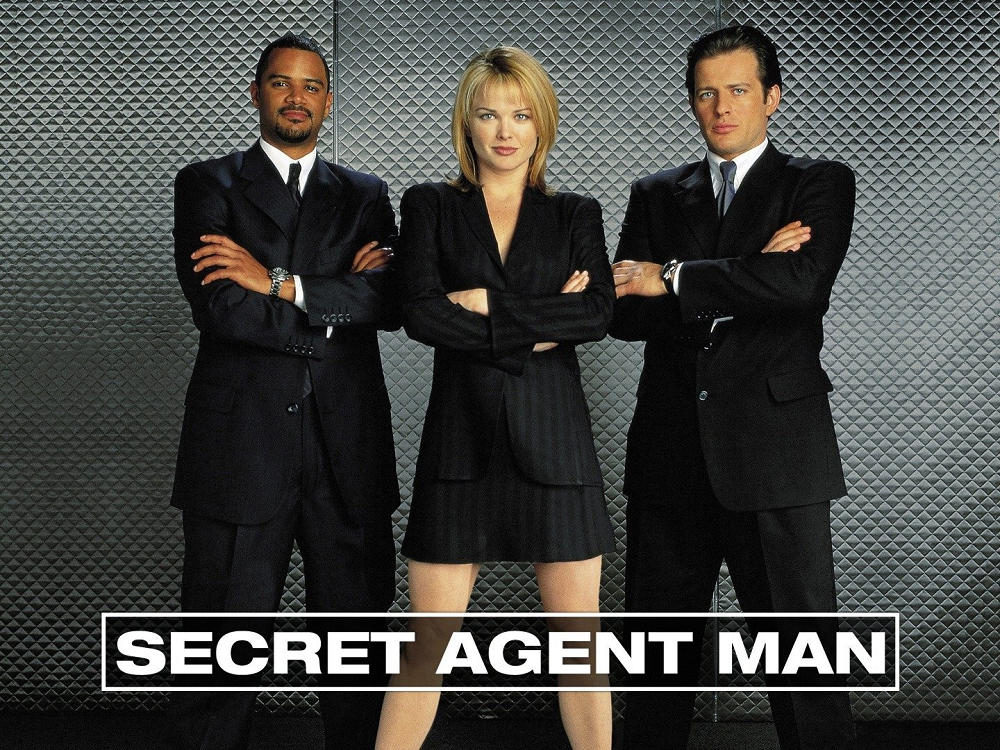
The show was supposed to have debuted as part of UPN’s Fall 1999 line-up but was delayed until March to give producers Barry Josephson and Barry Sonnenfeld (who had just directed another offbeat spy production in Wild Wild West) more time to get the special effects right for its premiere. With the benefit of hindsight, they needn’t have bothered since Secret Agent Man was almost universally despised by critics and audiences alike, or worse still ignored.
Tied for 150th out of 153 shows that aired during the 1999-2000 season, there was never any chance of second season for the show, although Sonnenfeld’s cachet did ensure that all thirteen episodes were aired. The whole thing was done much better nine years later with Archer but if you’re interested, there’s a few episodes on YouTube. Maybe just get as far as the theme tune, eh?
The Others (NBC): Saturday night is not traditionally a big night for TV in the US, and that was certainly the case in 1999. Both ABC and NBC were showing movies, while CBS put out a double-bill of Martial Law and Walker, Texas Ranger to compete with Fox’s twin helping of COPS and America’s Most Wanted. Occasionally, though, networks would use the night to try out new things (or burn off doomed projects), and both could probably be said of The Others, a supernatural ensemble drama created by John Brancato and Michael Ferris.
Brancato and Ferris had enjoyed a pair of minor hits as screenwriters with The Net and The Game, and The Others was their first TV work since an episode of Æon Flux in 1995, produced in association with former X-Files writers Glen Morgan and James Wong for Steven Spielberg’s DreamWorks Television. The story centred on Marian Kitt (rookie actress Julianne Nicholson), a college student who joins a support group for people, like her, with burgeoning paranormal abilities.
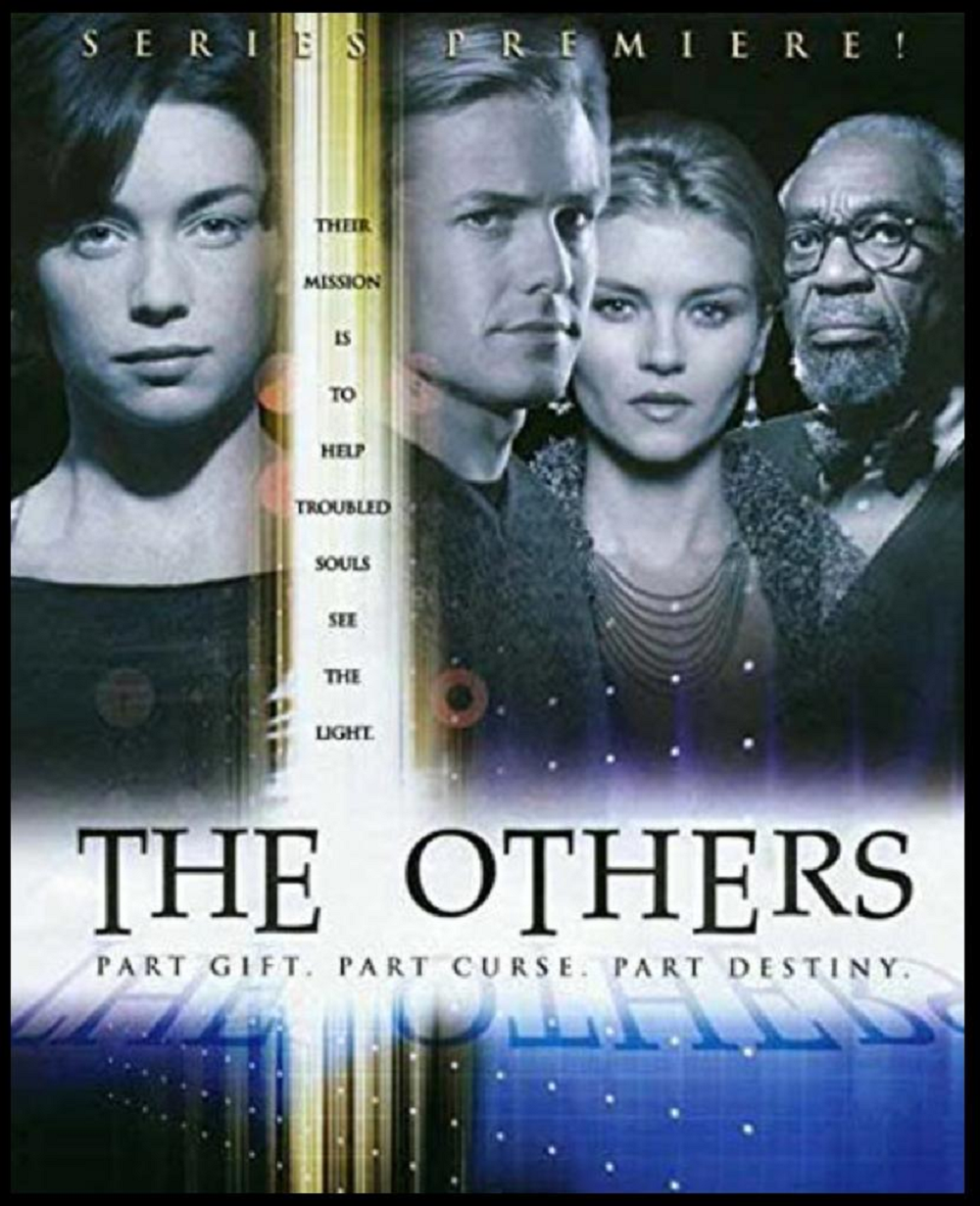
Nicholson had been handpicked for the role by Steven Spielberg after she’d appeared with the director’s wife Kate Capshaw in The Love Letter a year earlier, and she joined a cast that also included Gabriel Macht, John Billingsley, Missy Crider, and veteran Bill Cobbs, forming a group around Kitt as a sinister threat emerged to target them all.
NBC scheduled The Others alongside the fourth seasons of both The Pretender and Profiler, hoping that the three might build an audience as a block titled “Thrillogy”, but the Saturday crowd just weren’t interested in sufficient enough numbers and all three were cancelled by the end of the year. Nicholson moved onto Ally McBeal, before landing the role of Megan Wheeler on Law & Order: Criminal Intent. Brancato and Ferris abandoned TV went back to the movies, scripting Terminator 3: Rise of the Machines, Terminator Salvation, and the Halle Berry Catwoman disaster. Meanwhile, The Others was used as a title for Alejandro Amenábar’s 2001 ghost story, meaning that if anyone remembers the name, they’re probably thinking of the wrong thing…
Clerks: The Animated Series (ABC): Kevin Smith famously maxed out several credit cards in order to make Clerks, his 1994 debut feature about the lives of New Jersey shopworkers based on the experiences of he and his friends. Smith followed Clerks with Mallrats and Chasing Amy, but he and producer Scott Mosier had already begun shopping around the idea to continue the escapades of Dante and Randall in animated form, approaching HBO, Fox, The WB, and several others, before finally landing a deal for a thirteen-episode run with UPN.
At the last minute, ABC made a counteroffer for more money and, with industry insiders warning the pair that UPN would be off the air within a year, they took the Alphabet Network’s offer. Clerks: The Animated Series was produced by Smith and Mosier’s View Askew Productions, in association with Miramax and David Mandel’s Woltz International Pictures Corporation, under the umbrella of Touchstone Television, making it the second adult animated show produced by Disney. In fact, although they went uncredited, it became the first (and so far only) adult animated show produced by Walt Disney Television Animation, more usually found working on such shows as Duck Tales and Chip ‘n Dale: Rescue Rangers.
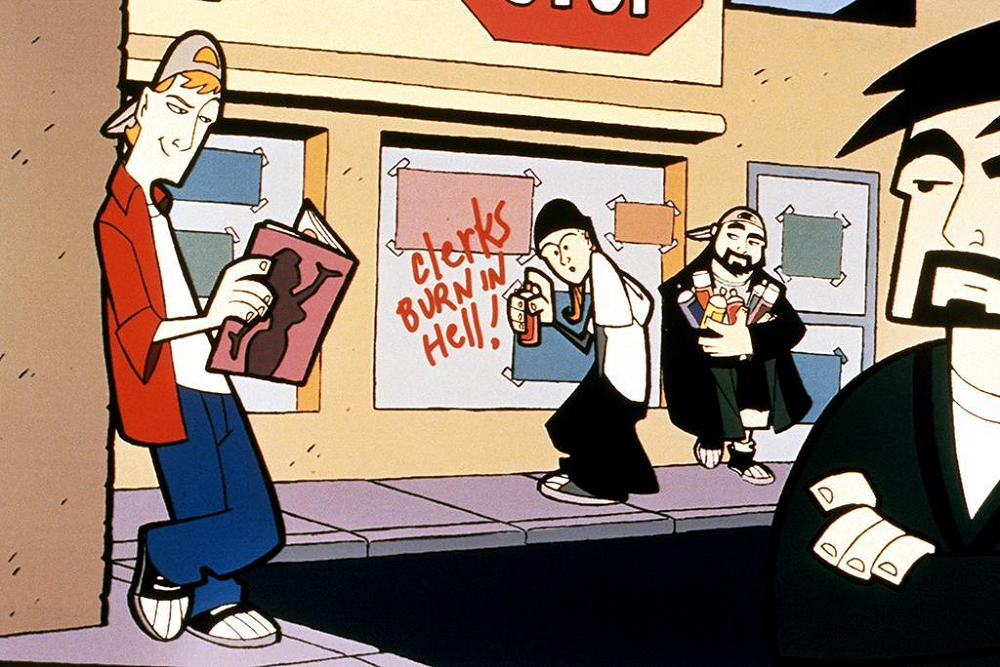
Smith convinced Brian O’Halloran and the notoriously reticent Jeff Anderson to reprise the roles of Dante and Randall, joined by Jason Mewes and himself as drug dealers with a heart Jay and Silent Bob. The story revolved around the return to Leonardo, New Jersey, of billionaire Leonardo Leonardo (played by Alec Baldwin), who begins his plans to enslave all of humanity by opening a rival grocery store to the Quick Stop. Most of the scripts were by Smith and Mandel, a veteran of Seinfeld, although Paul Dini and NewsRadio’s Brian Kelley were also involved.
Despite outbidding UPN for the show, it seemed like ABC didn’t know what to do with it and its edgy content rubbed up against a network owned by Disney. Worse still, they aired episode four first, and then followed it with episode two, a story based around flashbacks to episode one (which hadn’t aired yet). That was it for Clerks, as the network pulled it after just those two episodes, the remaining four completed episodes first seen when they were released on DVD a year later. Successful sales meant that Comedy Central aired the complete series in 2002 and a year later Graphitti Designs released a series of “inaction figures,” celebrating the characters in plastic form. UPN, by the way, lasted until 2006.
Next time on The Telephemera Years: It’s unsold pilot week and 1999’s crop includes some cruel intentions and a box of delights!
Check out our other Telephemera articles:
The Telephemera Years: pre-1965 (part 1, 2, 3, 4)
The Telephemera Years: 1966 (part 1, 2, 3, 4)
The Telephemera Years: 1967 (part 1, 2, 3, 4)
The Telephemera Years: 1968 (part 1, 2, 3, 4)
The Telephemera Years: 1969 (part 1, 2, 3, 4)
The Telephemera Years: 1970 (part 1, 2, 3, 4)
The Telephemera Years: 1971 (part 1, 2, 3, 4)
The Telephemera Years: 1973 (part 1, 2, 3, 4)
The Telephemera Years: 1974 (part 1, 2, 3, 4, 5)
The Telephemera Years: 1975 (part 1, 2, 3, 4)
The Telephemera Years: 1977 (part 1, 2, 3, 4)
The Telephemera Years: 1978 (part 1, 2, 3, 4)
The Telephemera Years: 1980 (part 1, 2, 3, 4)
The Telephemera Years: 1981 (part 1, 2, 3, 4)
The Telephemera Years: 1982 (part 1, 2, 3, 4)
The Telephemera Years: 1983 (part 1, 2, 3, 4)
The Telephemera Years: 1984 (part 1, 2, 3, 4)
The Telephemera Years: 1986 (part 1, 2, 3, 4)
The Telephemera Years: 1987 (part 1, 2, 3, 4)
The Telephemera Years: 1989 (part 1, 2, 3, 4)
The Telephemera Years: 1990 (part 1, 2, 3, 4)
The Telephemera Years: 1992 (part 1, 2, 3, 4)
The Telephemera Years: 1995 (part 1, 2, 3, 4)
The Telephemera Years: 1997 (part 1, 2, 3, 4)
The Telephemera Years: 1998 (part 1, 2, 3, 4)
The Telephemera Years: 1999 (part 1)
The Telephemera Years: 2000 (part 1, 2, 3, 4)
The Telephemera Years: 2002 (part 1, 2, 3, 4)
The Telephemera Years: 2003 (part 1, 2, 3, 4)
The Telephemera Years: 2005 (part 1, 2, 3, 4)
The Telephemera Years: 2006 (part 1, 2, 3, 4)
The Telephemera Years: 2008 (part 1, 2, 3, 4)
The Telephemera Years: O Canada! (part 1, 2, 3, 4)
Titans of Telephemera: Irwin Allen
Titans of Telephemera: Stephen J Cannell (part 1, 2, 3, 4)
Titans of Telephemera: DIC (part 1, 2)
Titans of Telephemera: Hanna-Barbera (part 1, 2, 3, 4, 5)
Titans of Telephemera: Kenneth Johnson
Titans of Telephemera: Sid & Marty Krofft
Titans of Telephemera: Glen A Larson (part 1, 2, 3, 4)
Titans of Telephemera: Quinn Martin (part 1, 2)
Titans of Telephemera: Ruby-Spears

